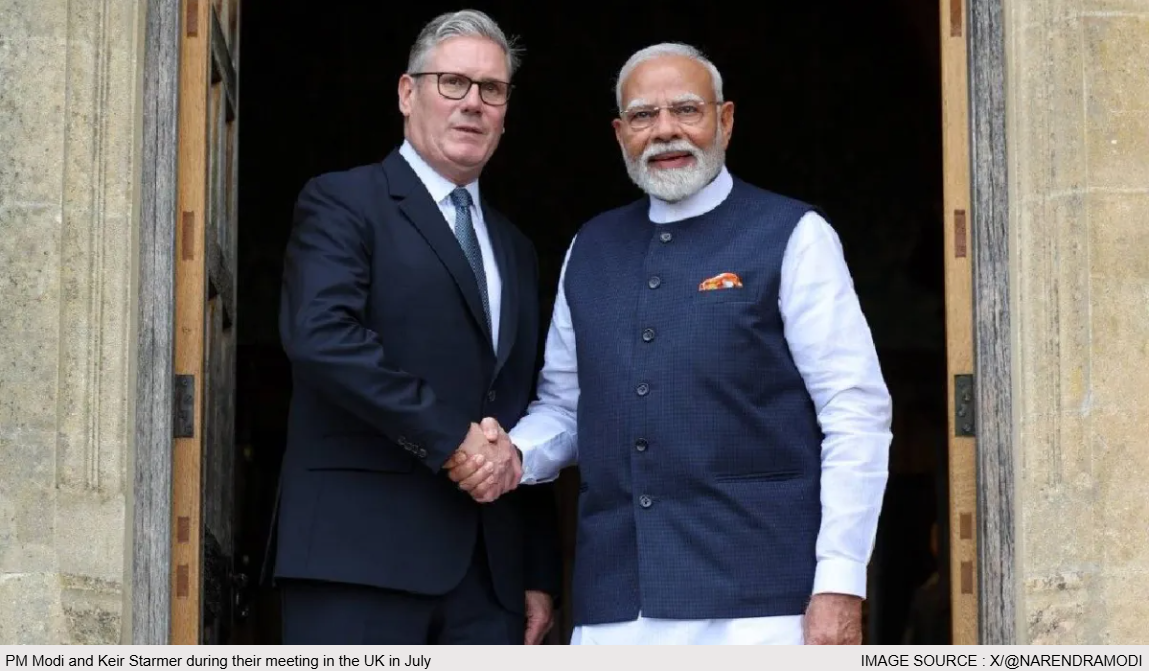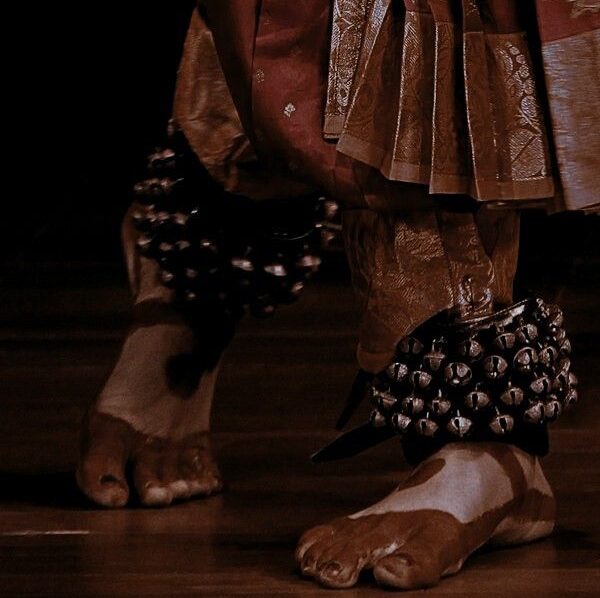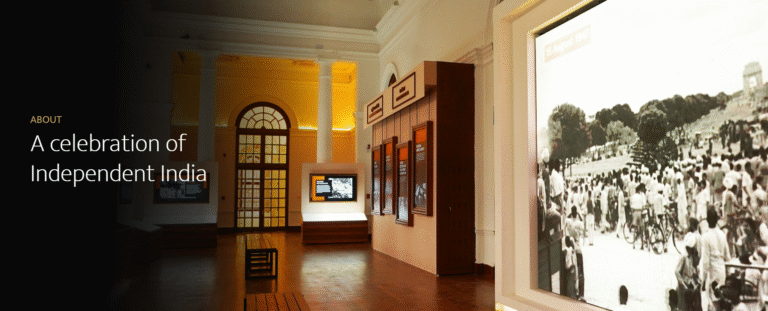
When Britain’s Prime Minister Keir Starmer lands in India on October 8 for a two-day visit, it will be more than a bilateral ministerial swing. This is a diplomatic moment staged at the intersection of a freshly minted trade pact, accelerating business ties, and a carefully curated cultural choreography that both capitals increasingly regard as strategic soft power.
India–UK trade relations trace back to the early 17th century, when the East India Company first established trading posts on Indian shores. Over centuries, commerce moved from spices and textiles to machinery, pharmaceuticals, and services. After independence, both nations redefined ties through the Commonwealth, and in recent decades, investment flows and knowledge industries — from IT to education — have become their strongest connectors. The historical weight of trade has now evolved into a partnership balancing history with innovation, and sentiment with strategy.
Trade on the menu — but culture is on the table
Much of the headline content of the visit will be trade and technology: tariff reductions, market access for goods ranging from textiles to whisky, and commitments on digital cooperation and green tech. The July agreement gave new momentum to UK-India economic ties, and London has signalled that deeper connectivity — flights, cargo lanes, and services — will follow. British Airways, for example, has already indicated plans to expand capacity to India as firms and governments plan for closer integration.
But beneath the spreadsheets and MOUs is a subtler script: projecting a shared civilisational openness to commerce and culture. For India, this is an opportunity to fold cultural diplomacy into economic statecraft — pushing Indian creative industries, Ayurveda, classical arts and education exchanges as complements to harder commercial wins. For Britain, the visit is a chance to present the trade deal as not merely transactional but as a vehicle for people-to-people ties and diasporic engagement.
Mumbai: fintech, film, and a bilateral stage
Starmer’s short itinerary reportedly includes Mumbai, where he will join Prime Minister Modi at events that underscore finance and innovation — notably the Global Fintech Fest — and a bilateral meeting aimed at operationalising the “Vision 2035” commitments. The choice of Mumbai, India’s commercial and cultural capital, is telling: it invites a narrative that ties financial capital, tech startups, and the creative economy together.
Expect the optics to be tightly managed: leader-to-leader photos, joint statements that foreground jobs and investment, and side events aimed at Indian diaspora business leaders. The diplomatic choreography will also probably feature cultural moments — local performances, curated cultural showcases — because soft power remains the grease that keeps commercial and strategic wheels turning.
Security and thorny issues — what will be raised?
Beyond trade and technology, the visit will not be free of friction points. New Delhi and London have to reconcile divergent approaches on geopolitics, diaspora politics, and law-and-order issues that occasionally surface in bilateral ties (for example, concerns over extremist activity linked to transnational groups). Indian reporting and editorial commentary have already signalled that security, consular protection, and diaspora safety could feature in the agenda. These are the sticky notes behind the glossy communiqués.
At the same time, from a British domestic politics angle, Starmer goes to India with a difficult home mandate: approval ratings in the UK have been uneven, and showing delivery — a trade deal that brings visible results — is politically useful. For India, the optics of a warm welcome help showcase Delhi’s standing as a major partner for Western capitals seeking opportunities beyond China.
People-to-people ties: flights, culture and the diaspora factor
Concrete rhythms of engagement will matter: additional flights, student exchanges, collaborative film and art projects, and partnerships between cultural institutions. Increased connectivity solemnises cultural flows — the very thing that turns trade agreements into long-lived influence. British Airways’ interest in adding capacity is emblematic: transport infrastructure is as much a cultural conduit as a commercial one.
For Global Bharatiya readers, the practical question is how the visit will unfold into platforms that project Bharatiya culture globally: will there be new funding for cultural centres, expanded scholarships for Indian students in the UK, or joint heritage projects that place Indian museums and narratives on British stages? Or will it only carry a culture of diplomacy for profits across borders? Watch for announcements that fold cultural initiatives into the economic package — those are where long-term soft power accrues.





